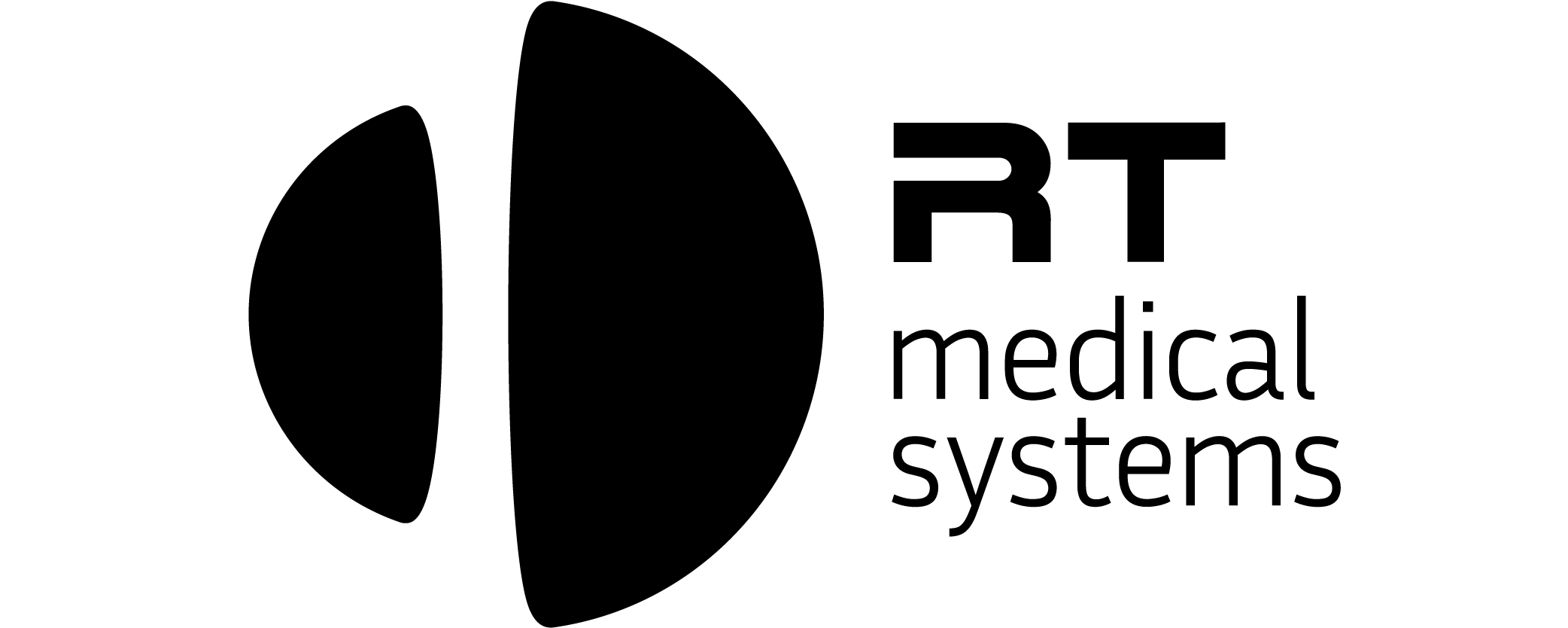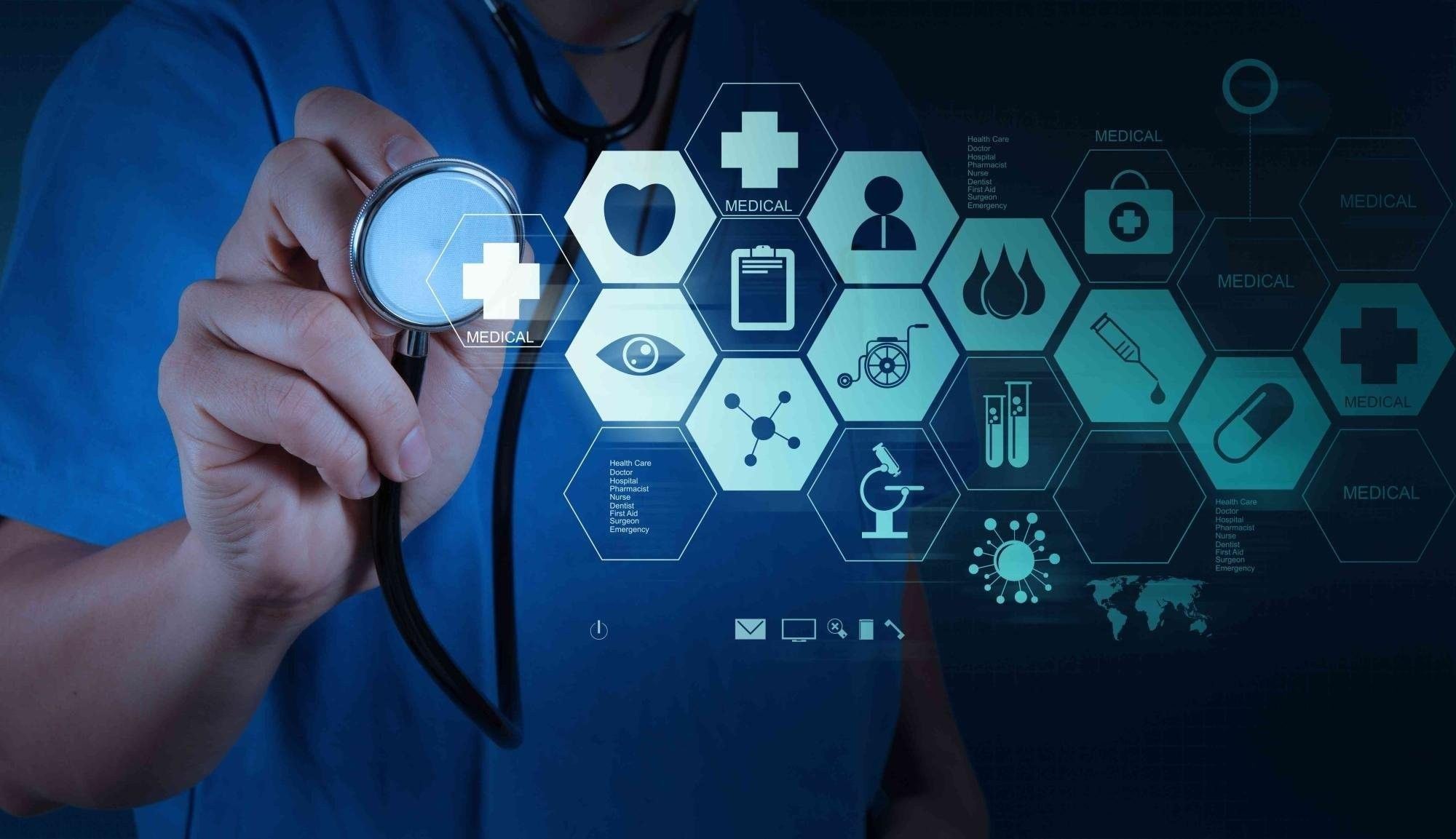Picture Archiving and Communication Systems (PACS) are an essential part of modern healthcare. PACS technology provides a digital solution for storing, managing, and interpreting medical images, improving the efficiency and accuracy of medical imaging. In this post, we’ll explore the key benefits of implementing a PACS system in your healthcare facility.
Improved Efficiency
PACS technology eliminates the need for physical film storage and reduces the time required to access medical images. With PACS, images can be quickly and easily accessed from anywhere within the healthcare facility, improving the speed and efficiency of diagnoses and treatment planning.
Enhanced Accuracy
PACS technology provides high-definition images that can be viewed in multiple ways, such as zooming and panning. This allows healthcare providers to get a more comprehensive view of the image and make more accurate diagnoses.
Improved Collaboration
PACS technology enables better collaboration between healthcare providers. With PACS, images can be easily shared between departments, allowing for improved communication and more efficient treatment planning. This can lead to faster and more accurate diagnoses, as well as improved patient outcomes.
Record Keeping
With all images stored electronically, PACS technology makes it easier to maintain records and track patient history. Healthcare providers can easily access a patient’s history and track changes in their condition over time, making it easier to monitor progress and adjust treatment accordingly.
Cost Savings
While there is a significant upfront cost to implementing a PACS system, the long-term benefits can lead to significant cost savings. By reducing the need for physical film storage and improving the speed and accuracy of diagnoses, PACS technology can reduce the overall cost of healthcare.




